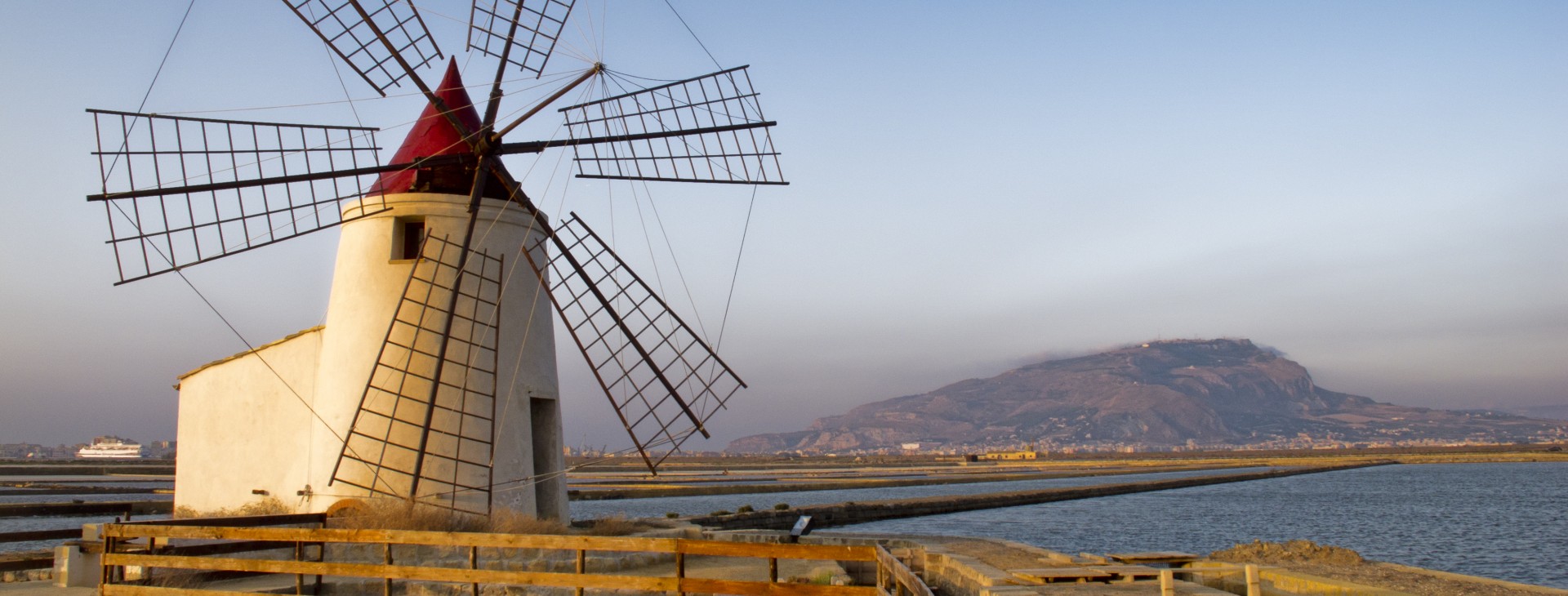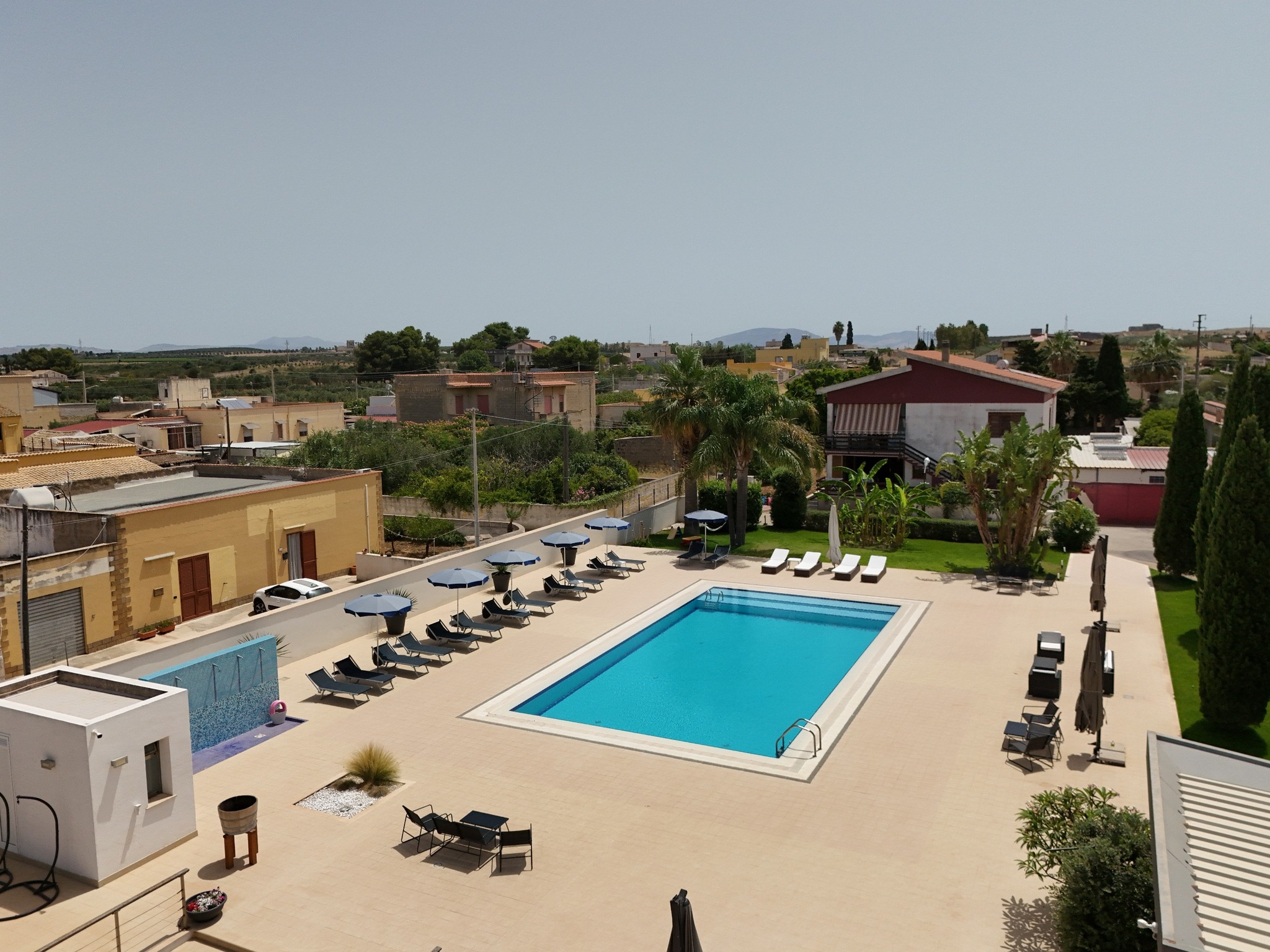
Salt museum Trapani salt pans
Duration 3 hours approxStarting From 160 € per person
Visit the salt museum at Trapani salt pans.
The Trapani Salt Pans, located within a WWF-managed nature reserve, are an important wetland area that provides shelter to numerous migratory bird species. The reserve covers almost one thousand hectares of coastal strip, divided into Zone A (Reserve) and Zone B (Pre-Reserve), between the municipalities of Trapani and Paceco.
Much of the reserve consists of privately-owned salt pans where salt extraction is still carried out using traditional techniques that have been in use for centuries. The landscape is significantly marked by the numerous windmills used to pump water between the basins.
In addition to its ethnographic and anthropological value, the site is one of the most important coastal wetland areas in western Sicily, serving as a habitat for various migratory bird species.
The Trapani Salt Pans consist of a series of basins where water evaporates due to solar radiation. In the initial basins, known as evaporative ponds, the solution becomes more concentrated, while in the final basin, called the salting pond, the precipitation of salt occurs. The ideal ratio between the evaporative surface and the salting surface is specific to the southern Mediterranean climate zone.
Virgin seawater is introduced into the first basin through pumps. Its initial density is about 3.5 degrees Baumé, and when it reaches 5 degrees, it is transferred to the next basin. In this basin, the concentration increases to 11 degrees, and the first precipitates, such as calcium carbonate, begin to form. In the subsequent basin, around 20 degrees, calcium sulfate precipitates, and in the fourth evaporative basin, the concentration reaches 25.7 degrees Baumé, removing all the impurities present in the virgin water.
Finally, the water is sent to the salting basin, where it is now called brine, saturated with salt, and begins the process of sodium chloride deposition on the basin floors. The density can reach up to 30 degrees Baumé; beyond this density, the brine is either discharged into the sea or into other basins for the extraction of additional salts. A compact layer of salt, 10-20 cm thick, remains at the bottom of the basin and must be crushed and collected. The salt production season runs from April to September.
From 15 degrees up to 30 degrees in the salting zone, the water can take on a reddish color due to the presence of a particular microalga: Dunaliella salina, which thrives in hypersaline environments. This alga gives the water a variable color ranging from pale pink to brick red, depending on the water’s density.
The Trapani Salt Pans also serve as habitat for various life forms adapted to extreme salinity conditions. Notable among these are Chironomids, midges whose red larvae live on the muddy bottoms of the basins, contributing to their coloration, and Artemia salina, a small crustacean that feeds on algae and debris, helping to keep the water clear and facilitating evaporation. Along with annelids, mollusks, and other insects and crustaceans, they are a crucial part of the salt pan food chain, providing nourishment for the many birds present.
Excursion Details:
- Duration: About 3 hours.
- Price: Includes up to 3 participants. Additional participants, see booking form prices.
- Notes: Meals, entrance tickets, and guides are not included.
- Booking: Book directly using the form by selecting date, time, and participants.
Useful Links

For info or custom services
Contact Us











